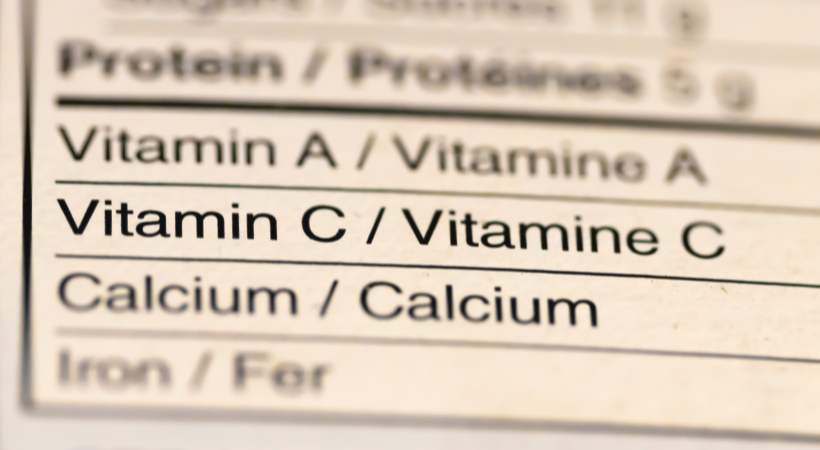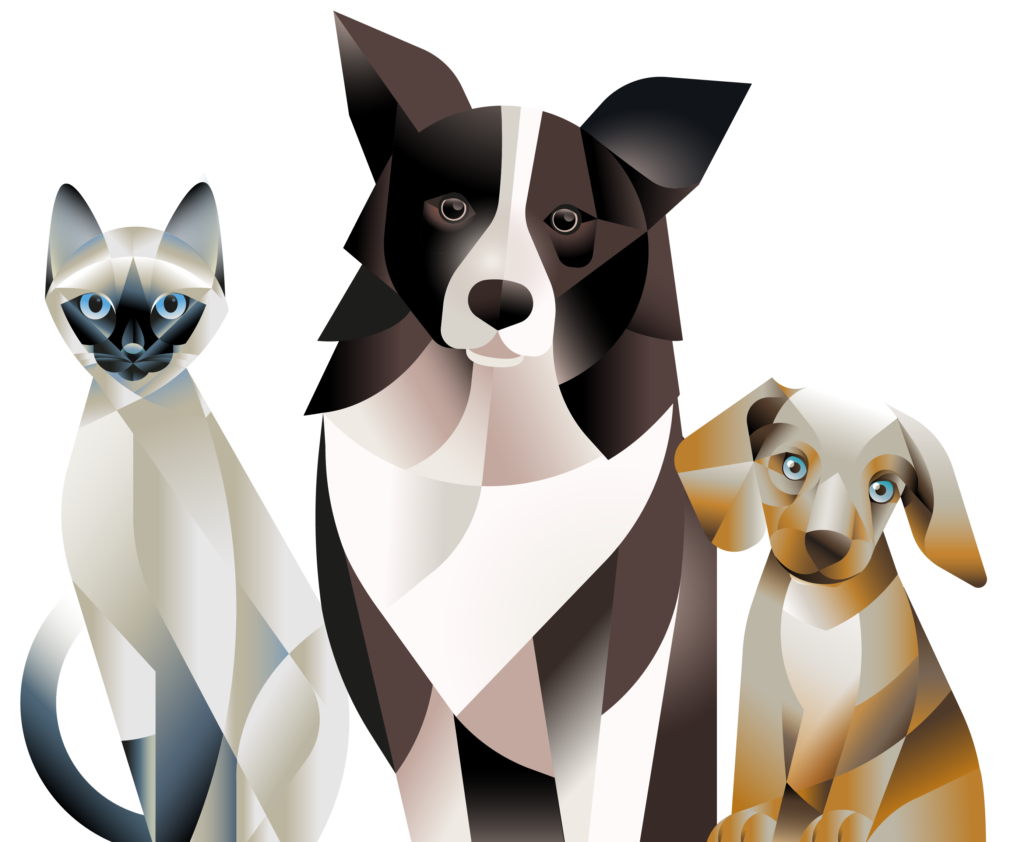How to Read Pet Food Labels for Dogs and Cats
Knowing how to read pet food labels for dogs and cats means having the opportunity to consciously feed your four-legged friends without being misled by deceptive advertising. By reading this article, you will learn how to correctly interpret pet food labels and understand what your furry companion really needs.
What Are Pet Food Labels?
Applied to packages of dog and cat food, pet food labels contain a wealth of information about the ingredients and their origin, as well as the age group and category for which the food is intended.
Beyond the dog/cat distinction, every bag of kibble or wet food indicates whether the product is meant for puppies or kittens, adult pets, pregnant animals, sterilized animals, seniors, or “sensitive” pets.
Especially in the case of cat food labels, it is also specified whether it is a complete or complementary food:
- Complete food can, on its own, meet all nutritional needs.
- Complementary food is an addition and does not replace a complete food.
All packages also display the recommended daily dosage. To distinguish a good-quality food from a poor one, you need to know all the relevant nutritional information for pets.
Not sure what nutrients, or how many, your four-legged friend needs? Keep reading this article and check out our insights on dry dog food and dry cat food.
Nutritional Components on Dog and Cat Food Labels
Pet food labels typically list the following:
- Crude fiber – comes from the cell walls of plants and, although indigestible for dogs and cats, benefits their intestinal health.
- Crude ash – represents the part of the food that is not absorbed by the dog or cat and is eliminated after proteins, fats, and carbohydrates have been digested. It usually ranges from 5% to 8% in dry food and about 2% in wet food.
- Moisture content – the percentage of water in the food. Wet food contains around 80–82%, while dry food ranges between 9% and 10%.
- Crude protein – the total protein content in the food. While minimum levels exist, the general rule is: the higher the value, the higher the quality. Protein levels should never drop below 20%.
- Crude fat – the total fat content, essential particularly for providing energy to cats.
Carbohydrate percentages are never listed on pet food labels. To calculate them, use the following formula:
100 – crude protein – crude fat – crude fiber – crude ash – moisture = carbohydrates
In a good product, this figure should never exceed 10%.
The Essentials of Animal Nutrition and the Importance of Protein Sources
A balanced diet for dogs and cats should be primarily made up of proteins—since both species are carnivores—alongside healthy fats, carbohydrates, and minerals.
Good pet food labels always list proteins as the first ingredient and do not include artificial colors, preservatives, or flavors.
Animal-based protein sources used in formulations should already be dehydrated and sourced from certified Italian suppliers of human-grade ingredients.
Contrary to popular belief, using fresh meat in kibble offers no real advantage! During the drying process, all ingredients lose their internal water content, becoming dehydrated. High-quality dehydrated meat is far superior in nutritional terms: when compared by weight, dehydrated animal ingredients have about four times the protein value of fresh ingredients. This is a crucial point for the nutrition of dogs and cats, which, as carnivores, require higher protein intake in their diet.
Dogs’ Nutritional Requirements
A balanced diet for dogs should be composed of 50% protein and 50% vegetables and carbohydrates. However, not all proteins are equal:
- Best choice: High-biological-value proteins from meat and fish (not their “by-products”!) intended for human consumption.
- To avoid: Plant-based proteins, which are less digestible and contain high carbohydrate levels.
As for carbohydrates, cereals, gluten, and sugar should be avoided.
To ensure that no manufacturer can sell “complete food” that fails to meet dogs’ nutritional needs, EU Regulation 767/2009 requires producers to meet at least these minimum values:
- Crude protein: 22–24% for adults, 27–30% for puppies
- Crude fat: never below 5.5%
- Crude fiber: between 2.5% and 5%
- Moisture: 9%
Cats’ Nutritional Requirements
Cats are obligate carnivores and cannot adapt to alternative diets, as confirmed by a veterinary study conducted by Prof. Giacomo Biagi at the University of Bologna.
Scientific research also shows that the wild cat’s primary prey—the mouse—contains about 70% water. The rest consists of 50–60% protein, 20–30% fat, 3–8% carbohydrates, and 6–8% minerals. These should be the benchmark values for a healthy feline diet.
- Proteins should always come from muscle meat, heart, and liver, never from bones or tendons.
- Carbohydrates are non-essential in a cat’s balanced diet; legumes and cereals should never be included.
- Fats are essential for survival and must come from animal sources to be properly absorbed.
Cats also require vitamins and minerals such as calcium, phosphorus, magnesium, sodium, potassium, and chlorine, along with trace elements like iron, copper, zinc, manganese, iodine, and selenium.
Fresh meat is not always the best protein source. Dehydrated animal proteins—such as those used in Naxos products—offer the best protein supply, with a final protein value four times higher than fresh meat by weight.
Dry or Wet Food?
Dry pet food is the most practical solution for owners: it does not spoil easily, is easy to transport, and can be left out during absences.
Wet pet food, on the other hand, is less practical but contains enough moisture to eliminate the need for additional water intake, is usually more palatable, and has higher levels of protein, phosphorus, sodium, and fats compared to dry food.
Considering the practical and nutritional differences, the best solution is a balanced mix of the two in equal proportions—bearing in mind that to match the nutrient content of kibble, you need three times the weight in wet food.
Choose the Best Pet Food Labels
Now that you know how to read pet food labels for dogs and cats, you can carefully choose the food that will serve as your pet’s elixir of longevity and good health.
Check out the Naxos range, which:
- Meets pets’ energy and nutrient requirements
- Uses exclusively high-biological-value proteins and Italian-sourced human-grade ingredients
- Highlights superfoods, such as citrus fruits, spirulina, pomegranate, prickly pear, and extra virgin olive oil
- Respects the environment with 100% recyclable packaging
- Is cruelty-free


